Sair-e-Dilli: Chronicles of Change
Delhi has been marked by a unique pattern of historic development. A succession of different capitals was founded on adjacent yet distinctive sites, each claiming to be the Delhi of its time while superseding all older Delhis. Unlike most cities with long histories, Delhi’s successive sites were not built upon, obscured from view or forgotten. Instead, the city’s archaeology lies exposed to view—each layer of its history occupying one or more spaces.
The rich archive of visual representations of Delhi’s historic sites that has come down to us was produced predominantly from the late eighteenth century onwards, and shaped by the colonial gaze in significant ways. Through this lens, Delhi’s historic sites seem picturesque settings or archaeological artefacts that stand as a testament to eras and empires long past. Conversely, Indian writers in the nineteenth century saw these sites not as vestiges of the past but as parts of the living city. As habitation, as centres of religious belief and cultural practice, these sites were knit into the social, cultural and religious geography of the city and their lived experience.
‘Sair’ connotes travelling and viewing sights and spectacles. This tour of Delhi’s historical sites does not follow the colonial narratives, which usually proceed chronologically through the various capital cities. Instead, it uses a schema more in keeping with the outlook of the nineteenth-century Indians inhabiting the Delhi of their time—who envisioned the city as a network of sites, old and new, strung out along various streets and highways extending from the nineteenth-century urban centre.
Contents: Director's Note-Ashish Anand, 1. Ways of Viewing the Historic City-Swapna Liddle, 2. An Imperial Capital of the British Raj-Rudrangshu Mukherjee, 3. Ten Architectural Views of the Delhi Company School-Giles Tillotson, 4. Preserving Delh's Past and Drafting its Future-A G Krishna Menon, Catalogue, About the Authors.
Get it now and save 10%
BECOME A MEMBER

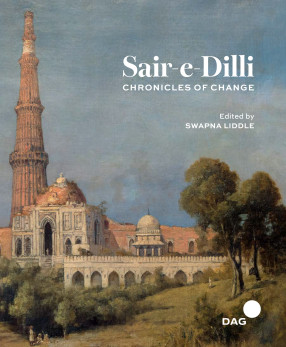
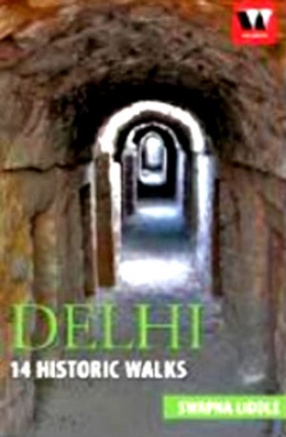
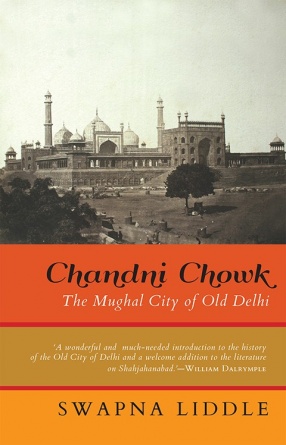
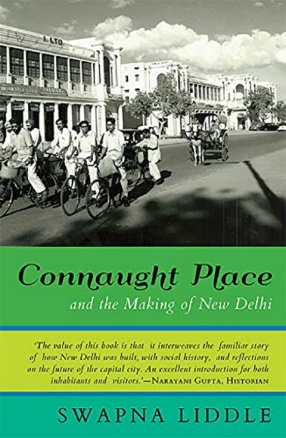
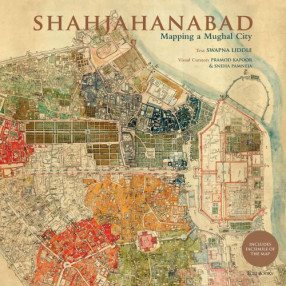
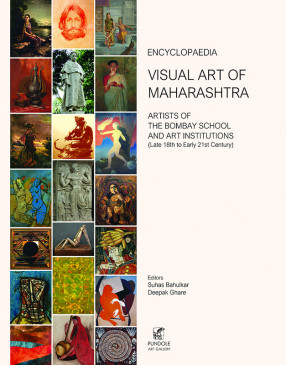
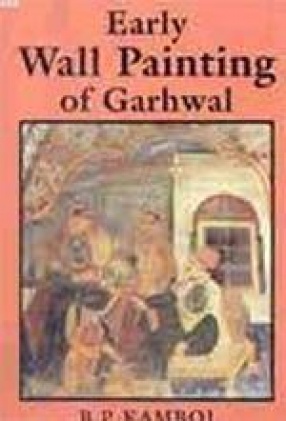

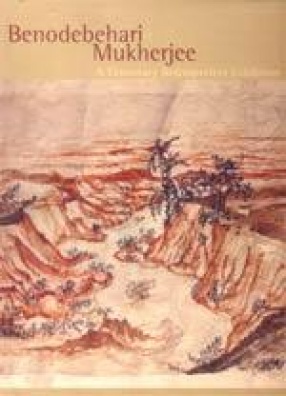

Bibliographic information